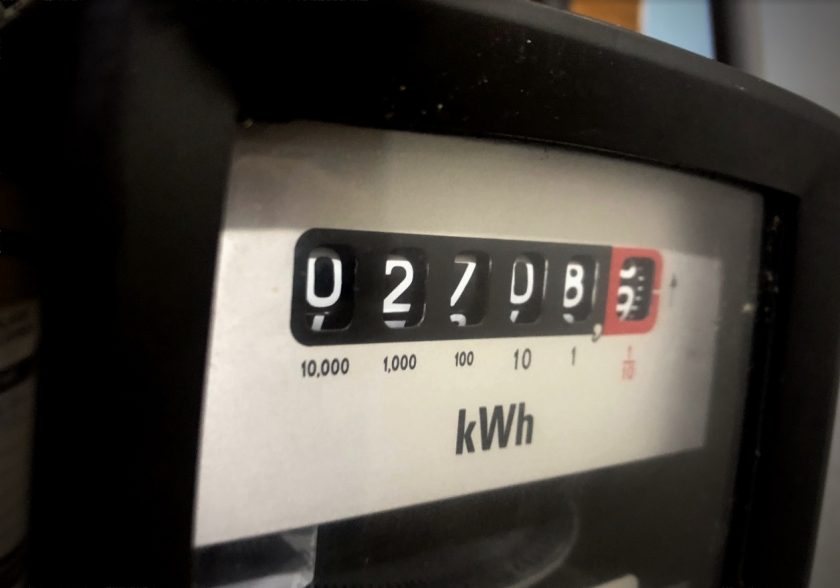Energy Price Cap predicted to rise by 1% in January

Energy consultancy Cornwall Insight has released its final prediction for the January-March 2025 energy price cap, forecasting a 1% rise to £1,736 annually for a typical dual-fuel household.
This marks a modest increase from October’s cap of £1,717.
The price cap breakdown includes a daily standing charge of 61p for electricity and 32p for gas, with unit costs of 24.83p per kilowatt-hour (kWh) for electricity and 6.33p per kWh for gas.
These adjustments reflect continued volatility in the wholesale energy market, driven by geopolitical tensions, Norwegian gas infrastructure maintenance, and weather-related factors.
Richard Neudegg, director of regulation at Uswitch.com, described the rise as “another kick in the teeth for households.”
He added: “This price hike would mean the average household on a standard variable tariff would pay 1% more, just at the time when households typically use the most energy.”
Neudegg urged consumers to explore fixed-rate energy tariffs, which may offer significant savings compared to the cap.
“Right now, the average household could save up to £120 per year against the current price cap by switching to a fixed deal,” he noted.
The charity National Energy Action (NEA) has raised concerns about fuel poverty as temperatures drop.
An estimated six million households are struggling with heating costs, with many rationing energy to unsafe levels.
Peter Smith, NEA’s director of policy, highlighted that “millions of people are already getting deeper into debt trying to keep warm.”
Although Cornwall Insight forecasts slight reductions in the cap later in 2025, the January increase comes at a critical time.
Households are encouraged to compare tariffs and explore available financial assistance, including supplier support schemes and government grants.
Energy Price Cap FAQs
- What is the price cap?
The price cap limits what energy suppliers can charge per unit of energy and daily standing charges. For Q4 2024 (October–December), it’s £1,717 annually for a typical consumer. - Who is a typical consumer?
A typical consumer uses 2,700kWh of electricity and 11,500kWh of gas annually. The cap is based on these averages, but actual bills depend on your usage and location. - How often does it change?
The cap is reviewed quarterly: Q1 (Jan–Mar), Q2 (Apr–Jun), Q3 (Jul–Sep), and Q4 (Oct–Dec). - How is the cap calculated?
Ofgem calculates it based on wholesale energy costs and non-wholesale costs like network charges, policy levies, taxes, and supplier margins.
Spotted something? Got a story? Send a Facebook Message | A direct message on Twitter | Email: [email protected] Latest News









